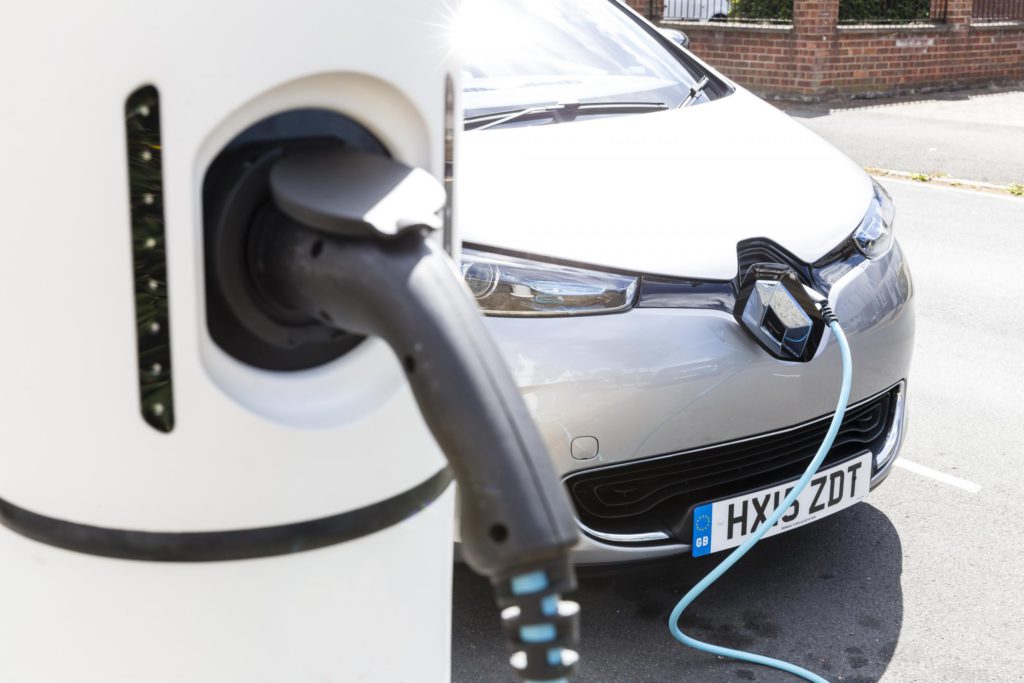EV charging anxiety is the new range anxiety
28 January 2020

Ralf Sulzbach, Autovista Group’s Senior Project Manager, Consulting and Jennifer Bilatscheck, Product Manager, Car to Market & Consulting at Autovista Group see range anxiety diminish whilst charging anxiety increases, as concerns about charging modes and capacities rise.
Electric mobility is real. More and more electric vehicles (EVs) with reasonable ranges are reaching the market. We are in close contact with customers from all over the industry – be it OEMs, leasing companies, banks or governments – and with the changing EV environment, we are also seeing a change in the questions we receive from them.
Range anxiety was the topic dominating discussions in the past. Now that models reach ranges above 400 km, range itself is becoming less of an obstacle for e-mobility. The Tesla Model 3 and Model X Long Range versions state ranges of more than 500km (under WLTP testing) for example and the Model S Long Range even offers a range of 610km.
However, with the Audi e-tron, Jaguar I-Pace and Mercedes-Benz EQC, the pioneer Tesla is facing relevant competition for the first time. The Audi e-tron and Mercedes-Benz EQC, both have a range of 417 km and even the new Hyundai Kona Electric reaches 449 km with the larger battery option.
A different topic is gaining traction now that is fuelling charging anxiety: the charging process, its ease of use and, most importantly, the time it takes. The duration of the charging process depends on the different charging modes and capacities. Home-charging or AC-charging options range from short-time charging at a regular power socket (1-phase, 2.3 to 3.7kW) to the most capable wallbox installations (3-phase, 7.2 to 22kW). However, not all EVs have on-board chargers (OBC), which transform alternate current (AC) to direct current (DC) for storage in the battery, that are capable of handling all these options and not all options are available in all countries.
While ranges are clearly communicated by the manufacturers, on their official websites for example, information about charging times (AC/DC) and maximum charging power are not as easy to communicate to potential EV buyers. Information is hard to find for most EVs and is not yet standardised – for example, charging times are not provided for the same battery status by all OEMs (0-100%, 0-80%, 10-100%, 20-80% etc.). This is confusing for potential customers as figures are not comparable.
The table below shows a summary of the typical home-charging options available, including the possible minimum charging times (from almost 0% to 100%) for some EVs.
|
Power supply |
Max. current |
Power |
Exemplary model (battery size): charge time |
|
1-phase |
16 A |
3.7 kW |
Citroen C-Zero (16kWh): 6 hours |
|
3-phase |
32 A |
7.2 kW |
Jaguar I-Pace (90 kWh): 13 hours |
|
1-phase |
16 A |
11 kW |
BMW i3 (42 kWh): 3 hours |
|
3-phase |
32 A |
22 kW |
Tesla Model S (100 kWh): 6.5 hours Renault Zoe (41 kWh): <3 hours |
Under ideal home-charging conditions, a Tesla Model S (100 kWh) can be fully charged within roughly 6.5 hours. The significantly smaller Renault Zoe (41 kWh) needs less than three hours as it has the most capable charging components; a 3-phase OBC with 22kW. Some other models fall behind in this area, however. For example, the Jaguar I-Pace (90 kWh) has only a 1-phase OBC, which means that it can only recharge at a maximum of 7.2kW. As a result, it takes about 13 hours to recharge a Jaguar I-Pace at home. Depending on the commute, this means drivers have to give some thought to range and battery status.
Fast charging or DC charging, which needs no OBC, is only available via specific charging-point networks such as Tesla Superchargers (with up to 250kW) or the Ionity charging network (with up to 350kW). Fast charging ensures coverage of longer distances and charging points are therefore often located along main traffic routes.
Up to now, customers have struggled with the different options and technical implications, leading inevitably to increased charging anxiety. We expect the time to recharge – at a fast charger, with a wallbox, or at a regular power socket – to become a more standardised and comparable indicator in the near future.
With an increasing number of EVs coming to the market and the speed of change to on-board charging components, the standard is increasing continually, as is customer expectation. This means that older models or models with outdated on-board chargers will have a clear remarketing disadvantage. This disadvantage will depend on the potential buyer’s driving pattern and the segment. Large and expensive EVs cover higher mileages than small urban cars and are typically used for longer commutes or as the primary car in the household. Customers are therefore unwilling to accept unnecessarily long charging times for these models.
We strongly recommend equipping all models featuring a battery larger than 50kWh with 3-phase OBCs to enable a 11kW AC charging process, where available. However, a 22kW AC OBC should be optionally available to satisfy demand for customers with longer daily-commuting distances, i.e. quicker (AC) charging demands.
Furthermore, we recommend consistently showing charging times, along with the official range, showing DC charging times for a 20-80% battery charge and AC charging times for a 0-100% battery charge. This would ease the information-gathering process for both new and used-car buyers, avoid confusion and uncertainty about EV charging and help reduce charging anxiety.